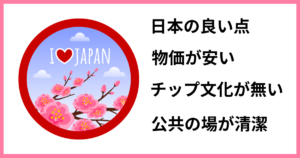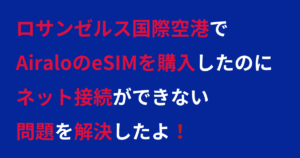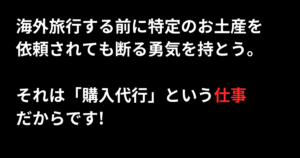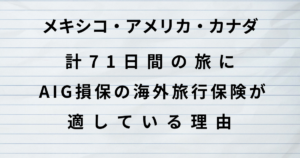Following is the rest of the quotation from wikipedia. If he is alive, he would be 130 years old now.
Early life
Chuzo Tamotzu was born in the village of Toguchi on the Amami Oshima island located in Japan. He was raised by his father along with his sisters and older brother. After attending middle school, Tamotzu was interested in the oriental and occidental arts, which he pursued with the help of private tutors. He was also an adept dancer and a skilled musician by playing the Shakuhachi, a Japanese flute. At Senshu University in Tokyo he was educated in political economics for two years. In 1914, he decided to leave Japan to study oriental and European arts by traveling to China, Korea, India, Borneo, France, Belgium, England, and Holland, where he got a closer look to the work of the great masters by visiting the museums.
Career
Tamotzu moved to New York in 1920 to pursue his art career and resided there for twenty one years. He mastered the art techniques of Japanese Sumi ink, pastel chalk, oils, and tempura. Tamotzu continued his studies and began to gain reputation. He exhibited his work in Whitney Museum of American Art, the Pennsylvania Academy of Fine Arts, The Art Institute of Chicago, the Society of Independent Artists, and The American Contemporary Artists’ Gallery.
In 1953, he organized an exchange art presentation between a gathering of New Mexico primary school kids and Hiroshima school children to promote altruism and a better understanding between these countries.
From 1950 to 1959 The Museum of New Mexico held annual exhibitions of his art.
As a member of Artists’ Equity Association, he contributed into passing a legislation for the formation of the New Mexico Arts Commission.
Personal life
In 1948, Tamotzu married Louise Kates and moved to Santa Fe, New Mexico. He continued working on his art, participating in exhibitions and giving demonstrations and talks in schools. He was also a member of the Alliance for the Arts.
In 1967, he returned to Japan and visit his family, which led to the creation of sixty sketches of Japan and several number of paintings.
In 1974, his studio was converted into the Tamotzu Gallery where he continued exhibiting his art.









